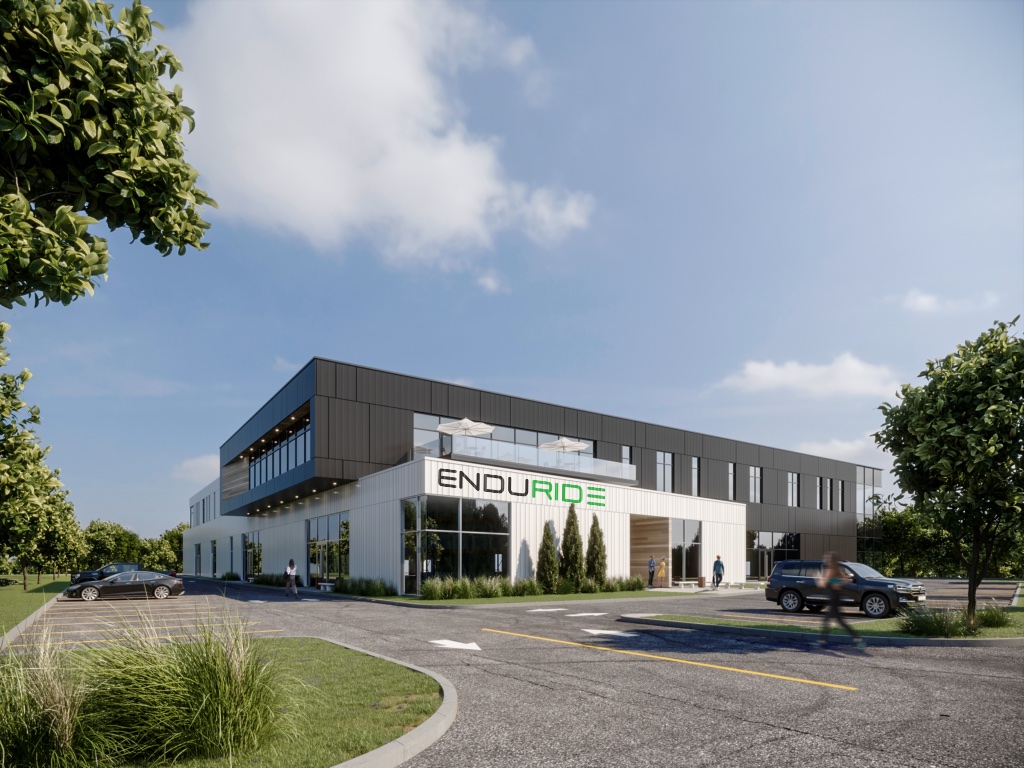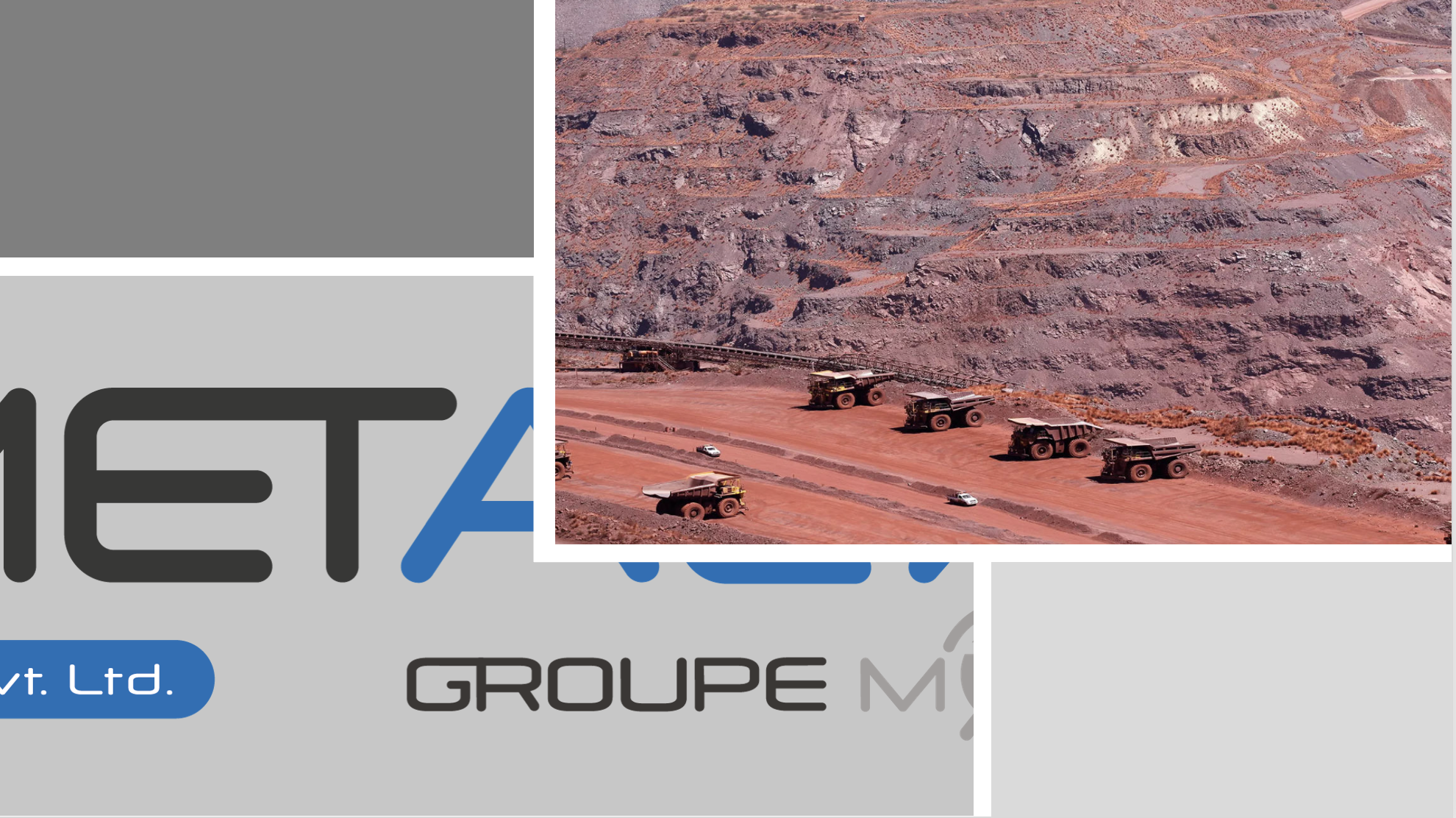Our Motivation
Driving Sustainable Growth
Solutions for Greener & Safer Productivity in Natural Resource Transformation
Nearly 50 years of internationally renowned expertise.
Since 1974, through our unparalleled expertise and human approach, we have offered tailor-made creative solutions to propel our clients toward excellence.
We are renowned for our unique expertise and specialized knowledge by mining leaders from all around the globe. Driven by a strong culture of innovation, we are proud to offer the most extensive product range in primary resources transformation, to meet our customers’ goals in terms of safer and greener productivity.
Business Units
Business Units
Groupe M7, spanning 5 continents, is specialized in natural resource transformation through its four flagship companies: Metal7, Cast7, Megatraction, and Enduride. At Groupe M7, innovation thrives in every aspect – from business practices, manufacturing processes, to safe and eco-friendly solutions that contribute to clients’ carbon footprint reduction and productivity.
Build a career without borders.
Whether you’re looking for your first job or taking the next step in your career, we’re currently recruiting at our sites around the world.
Further information
We understand that some topics may be more complex and raise specific questions that may not be fully covered on our site. If you have more specific questions, special requests or require further clarification, we strongly encourage you to contact us.


